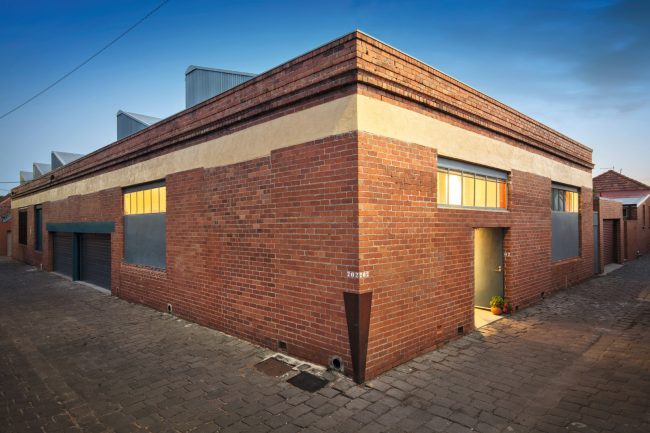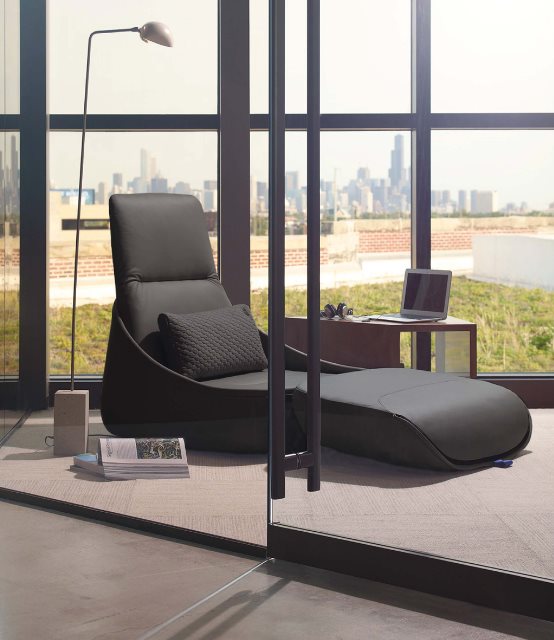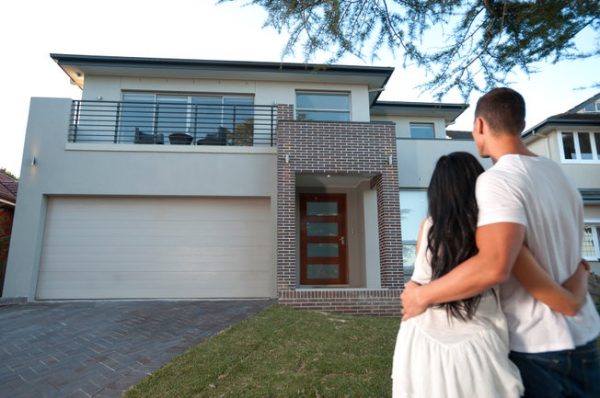
3 tips for renovating a semi-commercial property
Higher taxes imposed on residential rental properties in 2016 saw some landlords proclaiming the buy-to-let market dead.
To combat dwindling profits, property investors are turning to commercial and semi-commercial properties which are exempt from the same punitive stamp tax duties.
image source: here
Another advantage of these options is that tenants tend to commit to longer-term leases for commercial properties — facilitating a steady income stream with minimal disruptions.
So if you’re thinking of making a similar move, here are three tips for renovating a semi-commercial property.
Location
Before you pick up a paintbrush or draw a floor plan, make sure that you’re purchasing a property in a desirable location.
Getting a good deal for a flat above a pub or shop in a high-end neighbourhood might be too expensive — but you can pick up a relative bargain by investing in an up and coming locale that’ll soon benefit from investment through infrastructure projects or gentrification.
You don’t want to end up stuck with a property you can’t convince anyone to sign a lease for — so browse an online registry like Shop Property that allows you to pick the perfect address in an emerging neighbourhood.
Securing the right location means you’re already one step ahead of the competition in the rental market.
Exterior
If you’re renovating a pub with attached accommodation, you might be lucky enough to have an attractive existing exterior that can be spruced up.
And outdoor drinking’s always popular on the rare occasions the British weather’s warm — so either make sure that an existing beer garden or roof terrace is in top condition or seek permission to install an outdoor area if space permits.
Don’t forget to revamp the accommodation either — if a tenant and their family are expected to live at their workplace they’ll rightly expect some privacy and a home that looks welcoming from the outside.
Spending a bit of cash making the exterior of your property look attractive is money well spent — first impressions last when it comes to convincing tenants to sign on the dotted line.
The same principles apply to a shop — whether it’s a potential boutique or newsagents, the exterior should look as attractive as possible.
Interior
The interior of a commercial property might be even more important than the exterior — once customers are through your door, the internal features play a big part in them staying long enough to make a purchase.
If there are existing shelves or display units these can be left in place so that the tenant has the choice of using them. But try to leave plenty of floor space so that the space can be optimised perfectly for a specific tenant.
You can paint the interior but be sure to use neutral paint colours — these can more easily be adapted to a tenant’s branding than bright, uncompromising shades
Greys and creams are on-trend and most tenants can work with them.
Follow these three tips for renovating a semi-commercial property and you’ll have your spot rented out to a terrific tenant in no time at all.
Do you have any tips on renovating a commercial property? Share your advice in the comments section.




